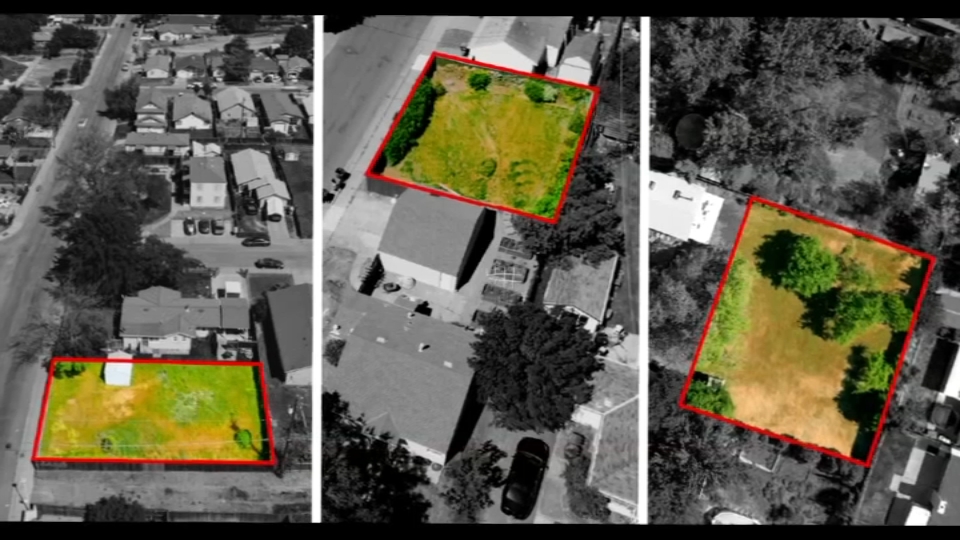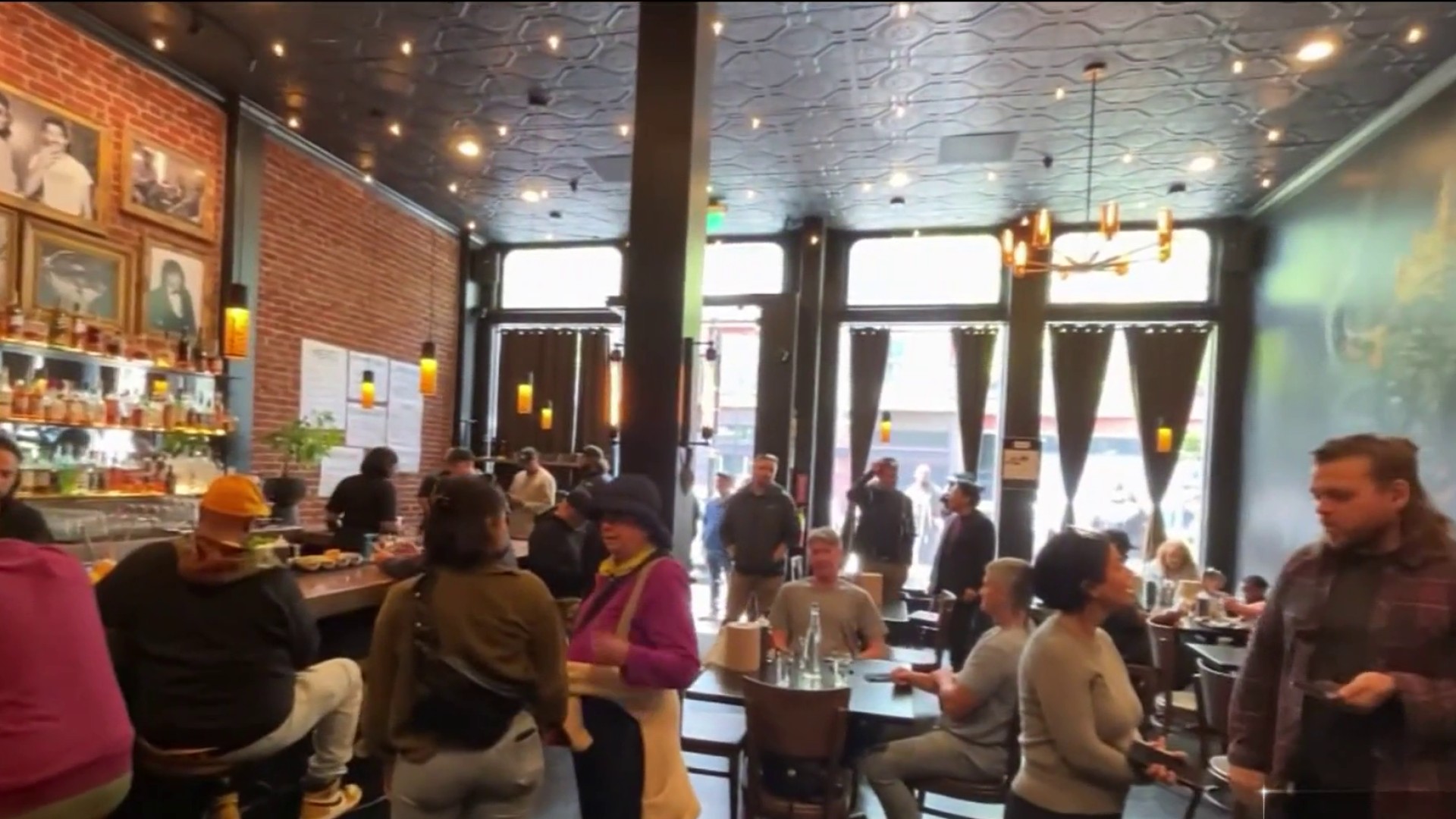Navigation apps are triggering traffic headaches in some Bay Area neighborhoods, prompting city officials to craft unique countermeasures in hopes of quelling the issue.
Clogged residential streets in Fremont are making it almost impossible for homeowners to get out of their driveways during the busy afternoon commute, and the problem appears to also be cropping up in other cities such as Lafayette, Cupertino and Santa Cruz.
City officials and frustrated neighbors blame popular navigation apps such as Waze and Google Maps for rerouting commuters onto typically quiet residential streets.
"Literally we were hostages in our own homes," Steve Yakuma of Fremont said. "It's hard to leave the house cause the traffic can get so bad."
NBC Bay Area has reached out to Waze and Google Maps for comment.
Drone footage recently captured by the city of the Fremont discovered a long line of cars snaking their way along Via San Dimas, a small residential street that is believed to take about four to five minutes off the commute for people trying to navigate around a clogged Interstate 680.
In order to prevent such an occurrence, Fremont has put up signs encouraging drivers to ignore their navigation apps, delayed timing at traffic lights at Mission Boulevard and Paseo Padre Parkway — the first major intersection for commuters exiting Interstate 680 — as well as installing turn restrictions at Vista Del Mar and Paseo Padre Parkway.
Local
Fremont city officials have alerted Wfaze of the countermeasures with hopes that the application's algorithm will keep drivers on the freeway.
As for what else could mitigate the issue, Fremont's Principal Traffic Engineer Noe Veloso believes housing availability will ultimately yield a fix.
"The long term solution to this for us to this really is creating more housing where the jobs are, you know, places like Cupertino, Sunnyvale," Veloso said. "They really have to provide the housing so that their employees no longer have to travel an hour, an hour and a half to their homes in the Central Valley."



